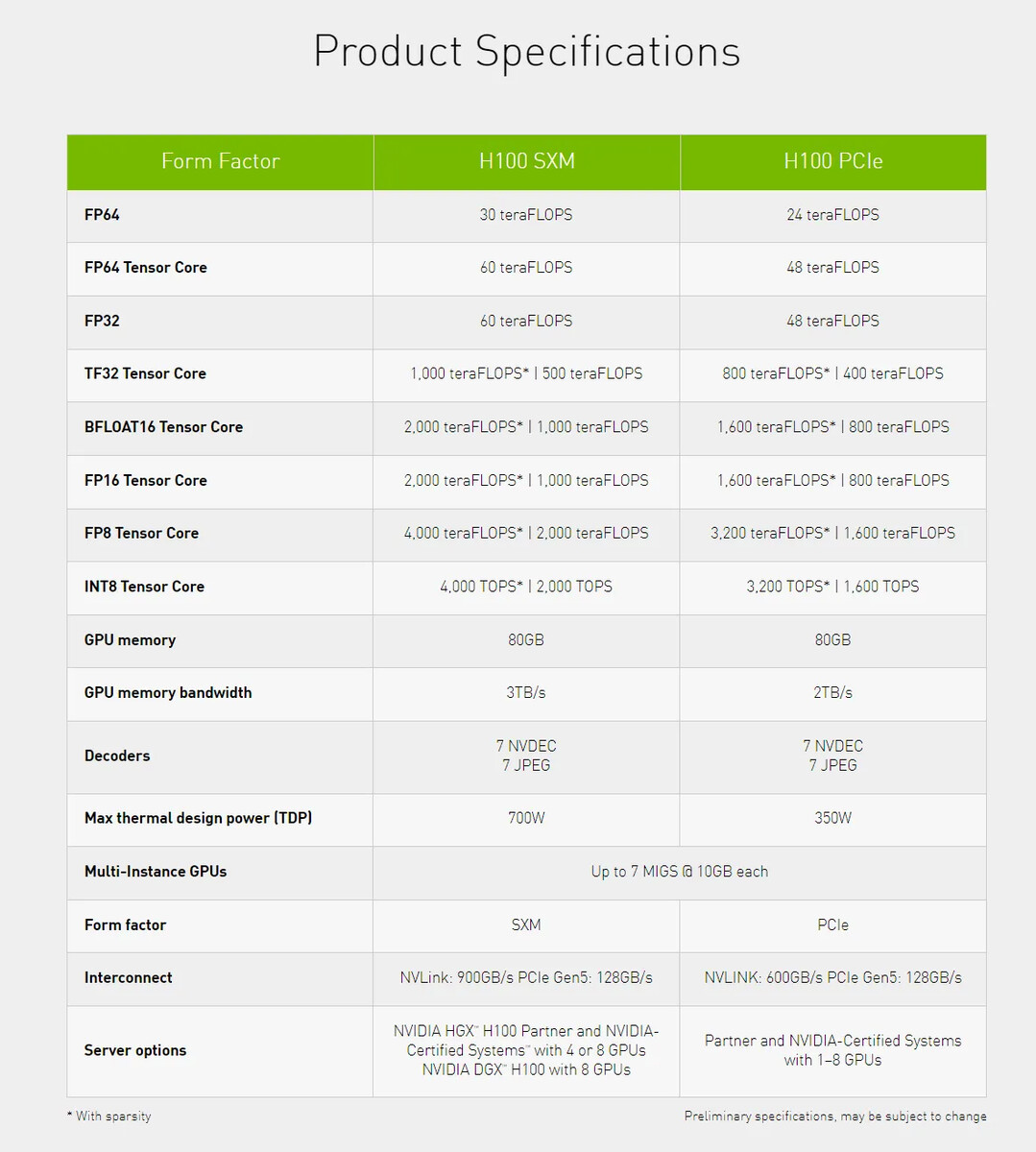What exactly is in a GPU? Grasping Its Essential Specs
GPUs, or Graphics Processing Units, are the backbone of modern technology, especially in areas such as video games, video editing, and machine learning. As these powerful elements evolve, understanding their features becomes crucial for users and tech enthusiasts alike. Whether you're a casual gamer looking to upgrade your setup or a professional who relies on intensive graphics calculations, knowing what each specification means can help you make knowledgeable choices.
In this article, we will explore the vital specs of GPUs that you need to know. From core clock speeds and types of memory to CUDA processing units and ray tracing capabilities, each specification plays a key role in determining a GPU's performance and suitability for various tasks. By breaking down these concepts and terminology, we aim to equip you with the knowledge needed to navigate the frequently complicated world of GPU performance measurements.
Core Specifications
While evaluating a GPU, the core specifications provide an foundational understanding of its performance capabilities. The most critical of these specs include the GPU architecture, clock speeds, and memory configuration. The architecture refers to the underlying design of the GPU, which dictates how it processes data and handles tasks. Technologies like NVIDIA's Ampere greatly impact power efficiency and overall performance, making them key considerations while selecting a GPU.
Clock speeds, measured in megahertz, indicate how quickly the GPU can perform operations. gpuprices elevated clock speed generally suggests better performance, but it must be considered with the number of cores and the architecture of the chip. Additionally, manufacturers often specify base and boost clock speeds, with the boost speed representing the peak frequency the GPU can achieve under optimal conditions. This metric gives clarity into how effectively the GPU can handle demanding tasks.

Memory configuration is yet another vital spec that influences GPU performance. The amount and type of memory, such as GDDR6 or HBM2, determine how much data the GPU can process at the same time and how quickly it can access that data. The memory bus width also plays a role, as a wider bus permits more data to be moved simultaneously. Understanding these core specifications will help you make informed decisions when selecting a GPU that fits your needs.
Memory and Throughput
RAM plays a crucial role in the operation of a graphics processing unit. Graphics processing units utilize specialized memory, known as VRAM, to store textures, frame buffers, and additional information necessary for producing images. The size of VRAM on a GPU can considerably influence its capacity to handle demanding applications, such as ultra HD gaming or professional graphics work. Increased VRAM amounts allow for more complex textures and performance-intensive tasks, resulting in smoother performance and enhanced image quality.
Data transfer rate, on the other hand, refers to the speed at which data can be accessed from or written to the memory. It is influenced by both the width of the memory interface and the memory clock speed. A broader interface and quicker clock speeds generally lead to higher data throughput, which is critical for ensuring that the graphics processing unit can access and process information quickly. This becomes especially important in situations where large amounts of texture data need to be moved frequently, as it directly affects frames per second and overall responsiveness.
In combination, memory and data transfer rate work in harmony to determine a GPU's efficiency and performance. While having a large quantity of Video RAM is advantageous, without enough data throughput, the graphics processing unit could become constrained, limiting its ability to produce visuals efficiently. Therefore, when evaluating graphics card specifications, it is important to consider both the amount of memory and bandwidth to understand how well a GPU will function under high-demand tasks.
Cooling and Energy Usage
Chilling is a crucial aspect of GPU design, as it directly affects performance and longevity. High-performance GPUs generate substantial heat during operation, making efficient cooling essential to maintain ideal performance levels. Various cooling methods are employed, including air cooling with fans, liquid cooling systems, and hybrid models that merge both approaches. Efficient cooling systems not only help prevent thermal throttling, where the GPU slows down to avoid overheating, but also enhance the overall reliability of the unit.
Power consumption is another vital specification to consider when evaluating a GPU. The amount of energy a GPU needs can change significantly based on its architecture, intended usage, and performance capabilities. A higher wattage often is associated with better performance but can also lead to increased thermal output. Users should match their power supply units to their GPU requirements, ensuring they provide sufficient power for stable operation. An understanding of the GPU's TDP, or thermal design power, can aid in assessing its efficiency and compatibility with existing system components.
Balancing cooling solutions and power consumption is vital for achieving peak performance without compromising system stability. Users often search for GPUs that offer optimal performance per watt, allowing for impressive frame rates while keeping energy usage in check. Advances in GPU technology continue to focus on improving efficiency, making it easier for gamers and professionals alike to harness the power of modern GPUs without overwhelming their power supplies or cooling capabilities.